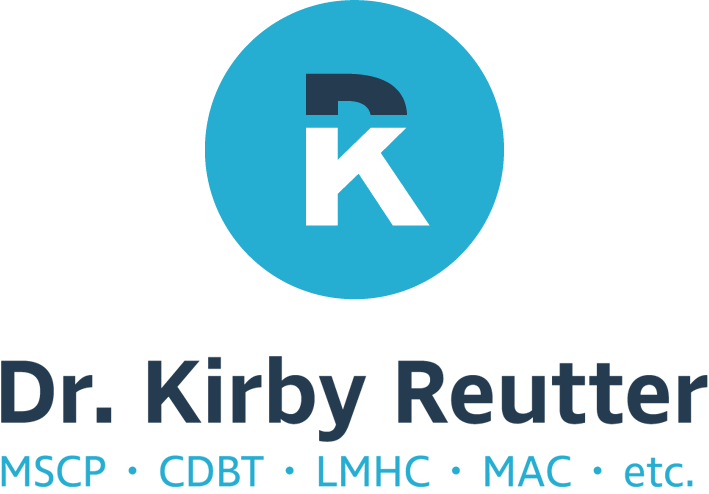So far in this blog series, we have further developed the themes of awareness, acceptance, and action. We have learned that we cannot accept difficult facts or make difficult changes until we first overcome our blind spots (denial and pre-contemplation). By definition, we cannot see our blind spots on our own…we need help from others to kindly, gently point them out. We have also learned other roadblocks for acceptance (anger, bargaining, depression), and have further learned that no action is lasting until we have found ways to maintain that change. And finally, we have also learned that acceptance is often a prerequisite for action. In other words, we won’t be motivated to change a problem if we haven’t first accepted that it is indeed a problem!
But how do we get from acceptance to action? And how do we accept that something really is a problem? And how do we start to change something once we have agreed that it is problematic? The next exercise will help answer these questions!
Look at the chart below.
First, identify a behavior that you would like to evaluate in more detail. Describe this action in as much detail as you need.
Then move to the next two rows. These boxes will help you accept whether or not this is a problem behavior. First, list all of the positive results that you can think of. Next, list all of the negative results you can think of. Sometimes it is also helpful to distinguish between short-term positives versus long-term positives, as well as between short-term negatives and long-term negatives.
Now take a step back and look at the rows describing the results of your behavior. Are there more positives than negatives? Are there more negatives than positives? Remember that this is not just about numbers. Sometimes just one long-term negative consequence can far outweigh many positive short-term consequences. In the final analysis, are the negative results worth it? Or are there enough negative results to make this a problem behavior?
In short, these boxes have just helped you with acceptance. But now how do you change the problem behavior? Well, let’s take a look at the next two rows. These boxes are all about what preceded the behavior. The first of these two boxes is specifically about external triggers. External triggers answer questions such as: What? When? Who? Where? For example, what were you doing before the behavior happened? When was this going on? Who were you with? Where were you? The next box is about internal triggers. Internal triggers answer questions like: What was going through your mind before the behavior happened? What were you feeling (emotionally)? What were you feeling (physically)?
Guess what? Everything you just identified in these two boxes are called triggers! One of the keys to changing behavior is learning to identify, avoid, eliminate, or manage our triggers. Do you see how this simple exercise helped you with both acceptance and change in one single chart?
Let’s check out a sample exercise first. And then it will be your turn!
|
Problem Behavior |
Over-eating when I’m really stressed. |
|
Positive Results |
Short Term: I love to eat. I feel instant relief. Long Term: Um, I can’t really think of any. |
|
Negative Results |
Short Term: Immediately after over-eating, I start to feel nauseous, and then I can’t sleep. Long Term: I gain weight. Then I have body image issues. And my clothes don’t fit. |
|
ACCEPTANCE |
Based on these results, is this behavior worth it? Why or why not? Based on these results, this behavior causes more problems than it solves. While there are short-term benefits (I feel better in the moment), there are no long-term benefits. In addition, the negative consequences are both short-term and long-term. |
|
External Triggers |
Who: When I am alone. What: Watching TV. When: After stressful day of work. Where: In my bedroom. What are your main external triggers? My main external triggers seem to be when I am alone after a stressful day of work. If I either have a good day at work, or I spend time with my husband processing the day, then I am much less likely to over-eat. |
|
Internal Triggers |
Feelings: Stressed. Overwhelmed. Worried. Anxious. Sensations: My muscles start to tense. My head hurts. Thoughts: I start to fantasize about my favorite junk food. What are your main internal triggers? Fantasizing about my favorite junk food is my main trigger. There are other times when I feel stressed and overwhelmed, or my head hurts and my muscles tense, but I do not actually over-eat. |
|
ACTION |
How can I avoid, eliminate, or manage my triggers? My job is sometimes really stressful, but that’s not really a trigger I can remove right now, because that would cause even more stress! However, some of these other triggers can definitely be managed or replaced by finding other ways to unwind after a stressful day at work. For example, instead of isolating in my bedroom and watching TV while fantasizing about junk food, I could go on a walk with my husband and process my day. |
For practical exercises to overcome your blindspots, please refer to my new workbook: DBT Skills Workbook for PTSD: Practical Exercises for Overcoming Trauma and Post-Traumatic Stress Disorder.


